

Articles
What Is The Best Fertilizer For Fruit Trees
Modified: October 20, 2024
Discover the best fertilizer for fruit trees in this informative article. Learn which nutrients are essential for healthy fruit tree growth and maximize your harvest.
(Many of the links in this article redirect to a specific reviewed product. Your purchase of these products through affiliate links helps to generate commission for Storables.com, at no extra cost. Learn more)
Introduction
Fruit trees are a valuable addition to any garden or orchard, providing beauty, shade, and of course, delicious fruits. However, for these trees to thrive and produce an abundant yield, proper care and maintenance are crucial. One essential aspect of fruit tree care is fertilization.
Fertilizing fruit trees is essential for providing them with the necessary nutrients to grow, develop strong roots, and produce healthy fruits. It helps replenish the soil’s nutrient content, which can become depleted over time. Additionally, fertilization improves the tree’s overall health, making it more resistant to pests and diseases.
Choosing the right fertilizer for your fruit trees can significantly impact their growth and fruit production. With a wide variety of options available, it’s essential to consider several factors when selecting the best fertilizer for your trees.
In this article, we’ll explore the importance of fertilizing fruit trees, the factors to consider when choosing the right fertilizer, the best fertilizers for different types of fruit trees, and helpful tips for applying fertilizer effectively.
Whether you’re a seasoned fruit tree gardener or just starting your journey, understanding the intricacies of fertilizing fruit trees can make a significant difference in their overall health and productivity. So, let’s dive right in and discover the secrets to nurturing your fruit trees into flourishing specimens!
Key Takeaways:
- Proper fertilization of fruit trees is crucial for their health and productivity, providing essential nutrients, promoting growth, and enhancing fruit quality. Understanding the specific needs of different fruit tree species is essential for selecting the right fertilizer.
- Organic and inorganic fertilizers offer sustainable and efficient options for nourishing fruit trees. Following a well-planned fertilizing schedule, avoiding common mistakes, and applying fertilizers effectively can lead to healthy, thriving fruit trees and abundant harvests.
Importance of Fertilizing Fruit Trees
Fertilizing fruit trees is vital for their overall health and productivity. It provides the essential nutrients that help them grow, develop strong root systems, and produce high-quality fruits. Here are some key reasons why fertilizing fruit trees is so important:
- Nutrient replenishment: Fruit trees extract nutrients from the soil to support their growth and fruit production. Over time, these nutrients can become depleted, making it essential to replenish them through fertilization. Fertilizers supply the necessary macro and micronutrients, such as nitrogen (N), phosphorus (P), and potassium (K), along with other essential elements like calcium, magnesium, and iron.
- Enhanced growth: Fertilizers provide the nutrients needed for vigorous growth in fruit trees. Nitrogen promotes foliage development and overall tree structure. Phosphorus stimulates root development, which is essential for water and nutrient absorption. Potassium aids in the production of sugars, enhancing fruit quality, and overall tree health.
- Increase fruit production: Fertilizers play a vital role in maximizing fruit production. Adequate nutrient levels ensure that the trees have the resources necessary to produce abundant and high-quality fruits. Balanced fertilization can also promote flower bud formation, resulting in a higher yield during the fruiting season.
- Improved fruit quality: Proper fertilization improves fruit quality by enhancing color, flavor, size, and overall taste. Key nutrients like calcium contribute to firmer fruit texture and reduce post-harvest disorders. Fertilizers also aid in maintaining the proper balance of sugars and acids, leading to sweeter and more flavorful fruits.
- Pest and disease resistance: Healthy, well-nourished fruit trees are more resistant to pests and diseases. Fertilizers help strengthen the tree’s immune system, making it less susceptible to attacks from insects, fungi, and other pathogens. When trees are stressed due to nutrient deficiencies, they become more vulnerable to diseases and infestations.
By understanding the importance of fertilizing fruit trees, you can provide your trees with the necessary nutrients they need to thrive and produce bountiful, delicious fruits. However, it’s crucial to select the right fertilizer that suits the specific needs of your fruit trees, which we’ll explore further in the next section.
Factors to Consider When Choosing Fertilizer for Fruit Trees
Choosing the right fertilizer for your fruit trees can significantly impact their growth, fruit production, and overall health. There are several factors to consider when selecting the best fertilizer for your specific fruit tree species:
- Nutrient requirements: Different fruit trees have varying nutrient requirements. Research the specific nutrient needs of your fruit tree species to ensure you provide them with the right balance of essential elements. For example, citrus trees may require higher levels of nitrogen, while apple trees may benefit from higher phosphorus levels.
- Soil analysis: Conduct a soil analysis to determine the current nutrient levels and pH of your soil. This analysis will help you identify any deficiencies or imbalances in nutrients. It’s important to choose a fertilizer that addresses these specific needs to optimize soil fertility and promote healthy tree growth.
- Fertilizer formulation: Fertilizers come in different formulations, such as granular, liquid, or slow-release. Granular fertilizers are traditionally applied to the soil surface and release nutrients as they dissolve. Liquid fertilizers are quickly absorbed by the roots and provide a rapid nutrient boost. Slow-release fertilizers release nutrients gradually over time, ensuring a steady supply for extended periods. Consider the formulation that best suits your preferences and the needs of your fruit trees.
- NPK ratio: The NPK ratio represents the percentage of nitrogen (N), phosphorus (P), and potassium (K) in the fertilizer. Fruit trees require different ratios depending on their growth stage. During the early growth phase, a higher ratio of nitrogen is beneficial for promoting foliage development. As the trees mature and enter the fruiting stage, a higher potassium level supports fruit quality and yield. Pay attention to the NPK ratio indicated on the fertilizer packaging to ensure it aligns with your fruit tree’s requirements.
- Slow-release vs. quick-release: Consider the release rate of the fertilizer. Slow-release fertilizers provide a gradual supply of nutrients over an extended period, reducing the risk of nutrient leaching and ensuring a constant supply for tree growth and fruit production. Quick-release fertilizers provide an immediate nutrient boost but may require more frequent applications.
- Organic vs. inorganic: Decide whether you prefer organic or inorganic fertilizers. Organic fertilizers are derived from natural sources and contain organic matter that improves soil structure and microbial activity. They release nutrients slowly and are environmentally friendly. Inorganic fertilizers, on the other hand, are synthetic and provide nutrients in a readily available form. They have precise nutrient content but may require careful application to avoid nutrient leaching.
- Tree age and size: Consider the age and size of your fruit trees when selecting a fertilizer. Young trees require higher levels of nutrients to support their growth and establishment, while mature trees may have specific nutrient requirements for optimal fruit development.
By considering these factors, you can make an informed decision when choosing a fertilizer that will meet the unique needs of your fruit trees. In the next sections, we will explore the best fertilizers for different types of fruit trees and provide tips on how to apply them effectively.
Organic Fertilizers for Fruit Trees
Organic fertilizers offer a sustainable and environmentally friendly option for nourishing your fruit trees. They are derived from natural sources and provide a slow-release of nutrients, improving soil fertility and supporting long-term tree health. Here are some common organic fertilizers that are beneficial for fruit trees:
- Compost: Compost is a nutrient-rich organic matter that improves soil structure, water-holding capacity, and microbial activity. It contains a balanced mix of essential nutrients and releases them slowly over time. Apply a layer of compost around the base of the tree, avoiding contact with the trunk to prevent disease. Compost can be homemade or purchased from a garden center.
- Manure: Well-aged animal manure, such as cow, horse, or poultry manure, is an excellent source of organic fertilizer. It provides a good balance of essential nutrients and helps improve soil fertility. Apply the manure around the drip line of the tree, keeping it at least six inches away from the trunk to prevent rot and disease. Ensure the manure is well composted or aged to avoid burning the roots.
- Bone meal: Bone meal is a slow-release organic fertilizer rich in phosphorus and calcium, essential for root development and fruiting. It is made from ground-up animal bones and is particularly beneficial for fruit trees that require extra phosphorus, such as apples and pears. Incorporate bone meal into the soil when planting your fruit tree or sprinkle it around the base of an established tree.
- Seaweed and kelp: Seaweed and kelp are natural fertilizers packed with trace minerals, growth hormones, and beneficial microorganisms. They stimulate root growth, improve nutrient uptake, and enhance overall tree health. Spray liquid seaweed or kelp extract on the foliage and around the base of the tree. It can be applied throughout the growing season to provide a continuous supply of nutrients.
- Fish emulsion: Fish emulsion is a concentrated liquid fertilizer made from fish by-products. It is high in nitrogen and provides a quick nutrient boost for fruit trees. Dilute the fish emulsion according to the instructions on the packaging and apply it to the soil or as a foliar spray. Fish emulsion is an excellent option for promoting vigorous growth in young fruit trees.
- Cover crops: Planting cover crops like clover, legumes, or grasses between tree rows or in vacant spaces can act as living mulch and green manure. These cover crops fix nitrogen in the soil, adding organic matter when they are turned under. They provide natural fertilization to the fruit trees and improve soil health and structure.
Organic fertilizers nourish fruit trees over time, enrich the soil, and promote overall tree health. They are safe for the environment and minimize the risk of chemical buildup in the soil. However, it’s essential to follow the recommended application rates and avoid excessive use, as organic fertilizers can take longer to release nutrients compared to their inorganic counterparts.
In the next section, we will explore inorganic fertilizers and their benefits for fruit trees.
Inorganic Fertilizers for Fruit Trees
Inorganic fertilizers, also known as synthetic or chemical fertilizers, are an alternative option for fertilizing fruit trees. They are formulated with specific nutrient ratios and provide a readily available source of nutrients to support tree growth and fruit production. Here are some commonly used inorganic fertilizers for fruit trees:
- Complete fertilizer blends: Complete fertilizer blends, such as 10-10-10 or 20-20-20, contain a balanced mix of nitrogen (N), phosphorus (P), and potassium (K), along with other essential elements. These fertilizers are convenient and provide a quick release of nutrients. Apply them according to the instructions on the packaging, usually in spring and early summer, to support tree growth and fruit development.
- Slow-release fertilizers: Slow-release fertilizers are formulated to release nutrients gradually over an extended period. They come in granular or pellet form and are designed to provide a continuous supply of nutrients to fruit trees. Slow-release fertilizers are typically labeled with labels like “controlled-release” or “timed-release.” These fertilizers require fewer applications and reduce the risk of nutrient leaching.
- Water-soluble fertilizers: Water-soluble fertilizers are concentrated powders or crystals that dissolve in water. They provide a convenient way to deliver nutrients to fruit trees through irrigation or foliar applications. These fertilizers are quickly absorbed by the roots or leaves, providing an immediate nutrient boost. Follow the instructions on the packaging for the appropriate dilution and application rate.
- Micronutrient fertilizers: Micronutrient fertilizers contain trace elements such as iron, manganese, zinc, and copper, which are essential for healthy fruit tree growth. Fruit trees may require additional micronutrient supplementation if the soil is deficient in these elements. Micronutrient fertilizers are available in liquid or granular form and should be applied according to the instructions to avoid nutrient imbalances.
- Calcium fertilizers: Calcium is an essential nutrient for fruit tree health, as it contributes to fruit quality and helps prevent disorders like blossom-end rot. Calcium fertilizers are available in various forms, including water-soluble calcium nitrate or granular gypsum. Apply calcium fertilizers according to the instructions, especially during fruit development stages.
- Foliar fertilizers: Foliar fertilizers are applied directly to the leaves of fruit trees. They provide a quick nutrient boost and are rapidly absorbed by the leaves. Foliar fertilizers are especially useful when fruit trees show signs of nutrient deficiencies or for supplying specific nutrients like iron or zinc. Follow the instructions on the packaging for the correct dilution and application timing.
Inorganic fertilizers offer a precise and efficient way to supply essential nutrients to fruit trees. They are readily available, easy to apply, and deliver nutrients in a form that is quickly absorbed by the trees. However, it’s important to use inorganic fertilizers in moderation and follow the recommended application rates to avoid over-fertilization and potential damage to the trees.
In the next section, we will explore the best fertilizers for specific types of fruit trees, ensuring that you can choose the most suitable option for your tree’s needs.
The best fertilizer for fruit trees is one that is specifically formulated for fruit-bearing plants, with a balanced ratio of nitrogen, phosphorus, and potassium. Look for a slow-release fertilizer to provide long-lasting nutrition for your trees.
Read also: 8 Best Fruit Tree Fertilizer Spikes for 2025
Best Fertilizers for Different Types of Fruit Trees
Choosing the right fertilizer tailored to the specific needs of your fruit trees is crucial for their optimal growth and fruit production. Different types of fruit trees have varying nutrient requirements, and selecting the appropriate fertilizer ensures that they receive the essential elements necessary for their health and productivity. Here are some recommendations for the best fertilizers for different types of fruit trees:
- Apple Trees: Apple trees benefit from a balanced fertilizer with higher nitrogen (N) and potassium (K) levels. In the early spring, use a balanced blend like 10-10-10 or 20-20-20 to promote healthy foliage development. During the fruiting stage, switch to a fertilizer with higher potassium levels, such as 0-10-10, to enhance fruit quality and yield.
- Citrus Trees: Citrus trees thrive with a fertilizer that provides higher nitrogen (N) levels to support vigorous growth and foliage development. Use a citrus-specific fertilizer with an NPK ratio of around 2-1-1 or 3-1-1. Apply in late winter or early spring before the trees begin new growth. Additionally, supplement with a slow-release organic fertilizer and occasional applications of liquid seaweed or fish emulsion throughout the growing season.
- Peach Trees: Peach trees benefit from a balanced fertilizer with slightly higher phosphorus (P) levels to promote root development and flowering. Consider using a fertilizer blend with an NPK ratio of around 10-10-10 or 8-10-10. Apply the fertilizer in early spring before bud break and again in early summer to support fruit development. Avoid excessive nitrogen applications that may lead to excessive vegetative growth at the expense of fruit production.
- Pear Trees: Pear trees have similar nutrient requirements to apple trees. Apply a balanced fertilizer with higher levels of nitrogen (N) and potassium (K) during the early growing season to promote healthy foliage and root development. Transition to a fertilizer with higher potassium levels, like 0-10-10, during the fruiting stage to enhance fruit quality and yield.
- Cherry Trees: Cherry trees generally require a balanced fertilizer with slightly higher nitrogen (N) levels to support vegetative growth and fruit production. Use a fertilizer blend with an NPK ratio of around 10-10-10 or 10-5-5. Apply the fertilizer in early spring before bud break and again after harvest to replenish the tree’s nutrient reserves.
- Plum Trees: Plum trees have similar nutrient requirements to peach trees. Use a balanced fertilizer with slightly higher phosphorus (P) levels to promote root development and flowering. Apply the fertilizer in early spring before bud break and again in early summer to support fruit development. Avoid excessive nitrogen applications that may impact fruit quality and increase susceptibility to diseases.
It’s important to note that these recommendations are general guidelines, and specific fertilizer requirements may vary depending on factors such as soil conditions, tree age, and overall health. Conducting a soil analysis and closely monitoring your fruit trees’ growth will help determine any additional nutrient needs.
In the next section, we will discuss the recommended fertilizing schedule for fruit trees to ensure consistent and effective nutrient application.
Fertilizing Schedule for Fruit Trees
Establishing a proper fertilizing schedule is essential for providing your fruit trees with a consistent supply of nutrients throughout the growing season. The timing and frequency of fertilization may vary depending on the specific fruit tree species, soil conditions, and climate. Here are some general guidelines to help you develop a fertilizing schedule for your fruit trees:
- Early spring: Apply a balanced fertilizer with higher nitrogen (N) levels before bud break, typically in early spring. This encourages healthy foliage development, root growth, and overall tree vigor. Follow the recommended application rate based on the size and age of your fruit trees.
- Pre-bloom: For many fruit trees, additional fertilization is beneficial just before the bloom stage. Apply a fertilizer with balanced nutrients to support flower bud formation and enhance fruit set. Use a fertilizer blend with equal proportions of nitrogen (N), phosphorus (P), and potassium (K).
- Early summer: After the fruit has formed and is growing, it’s important to continue fertilizing the trees. Apply a fertilizer with higher potassium (K) levels to support fruit development and enhance fruit quality. A fertilizer blend with a higher middle number in the NPK ratio, such as 0-10-10 or 8-10-10, is suitable for this stage.
- Mid-summer: Depending on your fruit tree’s needs, you may consider providing a supplemental application of nitrogen (N) fertilizer in mid-summer. This can help support continued vegetative growth and overall tree health, but be careful not to over-fertilize, as it may lead to excessive growth at the expense of fruit production.
- Late summer/fall: As the growing season comes to an end, it’s important to replenish the tree’s nutrient reserves. Apply a balanced fertilizer, similar to the one used in early spring, to ensure the tree has adequate nutrients for next year’s growth. This late-season fertilization also helps promote root growth and prepares the tree for winter dormancy.
Keep in mind that these are general guidelines, and adjusting the fertilizing schedule according to your specific fruit trees’ needs and growth patterns can be beneficial. It’s always recommended to follow the instructions on the fertilizer packaging and consult with local gardening experts or cooperative extension services for tailored recommendations based on your region and specific fruit tree species.
In the next section, we will explore some essential tips for applying fertilizer to fruit trees effectively.
Tips for Applying Fertilizer to Fruit Trees
Proper application of fertilizer is essential to ensure that your fruit trees receive the right nutrients in the right amounts. Here are some helpful tips for applying fertilizer to fruit trees effectively:
- Read and follow instructions: Always read and follow the instructions provided on the fertilizer packaging. Pay attention to the recommended application rates, frequency, and timing specific to your fruit tree species.
- Apply at the drip line: Distribute the fertilizer evenly around the drip line of the tree, which is the area directly beneath the outermost edge of the tree’s canopy. This is where the majority of the tree’s feeder roots are located, ensuring optimal nutrient absorption.
- Avoid direct contact with trunk: Be careful to avoid direct contact between the fertilizer and the tree’s trunk. Excessive fertilizer near the trunk can lead to root burn and other issues. Create a small gap between the fertilizer and the trunk to prevent damage to the tree.
- Water after application: Once you have applied the fertilizer, water the area thoroughly. This helps to dissolve the fertilizer and carry the nutrients down to the root zone where they can be absorbed by the tree’s roots.
- Mulch around the base: Apply a layer of organic mulch around the base of the tree, including the fertilized area. Mulch helps to retain moisture, suppress weeds, and slowly release nutrients as it decomposes. Avoid piling mulch directly against the trunk to prevent rot.
- Consider split applications: For slow-release fertilizers or when using larger amounts, consider splitting the total fertilizer application into two or more doses. This can help provide a sustained release of nutrients over the growing season and prevent nutrient overload.
- Monitor for nutrient deficiencies: Regularly monitor your fruit trees for signs of nutrient deficiencies, such as yellowing leaves, stunted growth, or poor fruit quality. Adjust the fertilizer application if necessary, but avoid over-fertilization, as it can have negative effects on tree health.
- Rotate nitrogen sources: If using nitrogen-based fertilizers, consider alternating between organic and inorganic sources. This helps to maintain soil health and prevent nutrient imbalances over time.
- Keep records: Keep a record of the fertilizers used, application rates, and timing for each fruit tree. This information will help you track the effectiveness of your fertilizing practices and make adjustments as needed.
By following these tips, you can ensure that your fruit trees receive the necessary nutrients in a balanced and controlled manner, supporting their growth, productivity, and overall health.
In the final section, we will discuss some common mistakes to avoid when fertilizing fruit trees.
Common Mistakes to Avoid When Fertilizing Fruit Trees
Fertilizing fruit trees is a critical part of their care, but it’s important to do it correctly to avoid potential problems. Here are some common mistakes to avoid when fertilizing your fruit trees:
- Over-fertilization: Applying too much fertilizer can harm the roots and leave the tree susceptible to pests and diseases. Follow the recommended application rates and avoid the temptation to add more, thinking it will benefit the tree. Over-fertilization can lead to excessive vegetative growth, nutrient imbalances, and environmental pollution.
- Under-fertilization: On the other hand, not providing enough nutrients can result in slow growth, poor fruit development, and nutrient deficiencies. Understand the specific nutrient requirements of your fruit trees and ensure you provide them with the necessary nutrients at the appropriate times.
- Imbalanced nutrient ratios: Using fertilizers with imbalanced nutrient ratios or neglecting specific nutrient requirements can negatively impact tree growth and fruit production. Be aware of the specific nutrient needs of your fruit trees and choose fertilizers that provide the right balance of nitrogen (N), phosphorus (P), and potassium (K), along with other necessary elements.
- Applying fertilizer too close to the trunk: Concentrating fertilizer near the trunk can burn the roots and cause damage to the tree. Maintain a distance between the fertilizer and the trunk, applying it evenly around the drip line of the tree where the majority of the feeder roots are located.
- Applying fertilizer at the wrong time: Timing is crucial when it comes to fertilizing fruit trees. Applying fertilizer too early or too late in the season may not provide the desired benefits. Follow the recommended fertilizing schedule for your specific fruit tree species to ensure optimal nutrient uptake and utilization.
- Using the wrong fertilizer formulation: Using a fertilizer formulation that is not suitable for your fruit trees’ specific needs can be ineffective or even detrimental. Understand the nutrient requirements of your fruit trees, conduct a soil analysis, and select a fertilizer that addresses any deficiencies or imbalances in the soil.
- Failing to water after fertilization: Watering the area after applying fertilizer helps dissolve the nutrients and ensures their proper absorption by the roots. Failure to water after fertilization can result in poor nutrient uptake and potential nutrient leaching.
- Ignoring organic options: Organic fertilizers offer numerous benefits, including soil enrichment and long-term nutrient release. Don’t overlook the advantages of using organic fertilizers alongside or instead of inorganic options.
- Not adjusting fertilization based on tree health: Tree health can change over time, and nutrient requirements may vary accordingly. Regularly monitor your fruit trees for signs of nutrient deficiencies or excesses and adjust your fertilization practices accordingly.
- Not keeping records: Keeping records of the fertilizers used, application rates, and timing is essential for tracking the effectiveness of your fertilizing practices. It can help you identify successful strategies and make informed adjustments in the future.
By avoiding these common mistakes and adopting proper fertilization practices, you can ensure that your fruit trees receive the right nutrients in the right quantities, fostering their healthy growth and bountiful harvests.
Now that you are aware of these mistakes, you can confidently fertilize your fruit trees while avoiding these pitfalls.
Conclusion
Fertilizing fruit trees is an essential aspect of their care and maintenance, ensuring they receive the necessary nutrients to grow, thrive, and produce abundant, high-quality fruits. By understanding the importance of fertilization, considering the factors when choosing a fertilizer, and following a fertilizing schedule, you can support your fruit trees’ health and improve their overall productivity.
Organic fertilizers provide a sustainable and environmentally friendly option, enriching the soil and promoting long-term tree health. Compost, manure, bone meal, seaweed, and cover crops are excellent organic choices that replenish nutrients and enhance soil fertility.
Inorganic fertilizers offer a precise and efficient way to provide essential nutrients to fruit trees. Complete fertilizer blends, slow-release fertilizers, and water-soluble fertilizers provide a quick and readily available source of nutrients to support growth and fruit production.
Understanding the specific needs of your fruit trees, such as apple, citrus, peach, pear, cherry, or plum trees, is crucial in selecting the appropriate fertilizer. Tailoring the fertilizer to meet the unique nutrient requirements of each fruit tree species promotes optimal growth, yield, and fruit quality.
Following a fertilizing schedule that includes application in early spring, pre-bloom, early summer, mid-summer, and late summer/fall ensures that your fruit trees receive a consistent supply of nutrients throughout the growing season. However, it’s essential to monitor your trees for signs of nutrient deficiencies or excesses and adjust the fertilization accordingly.
To achieve the best results, ensure proper application techniques. Avoid common mistakes such as over-fertilization, imbalanced nutrient ratios, applying fertilizer too close to the trunk, and disregarding organic options. Keep records of your fertilization practices to assess their effectiveness and make informed adjustments in the future.
With proper fertilization, you can nurture your fruit trees into healthy, vibrant specimens that reward you with bountiful harvests year after year. So, take the time to choose the right fertilizer, apply it at the correct time and rate, and watch your fruit trees flourish and bear the fruits of your labor.
Frequently Asked Questions about What Is The Best Fertilizer For Fruit Trees
Was this page helpful?
At Storables.com, we guarantee accurate and reliable information. Our content, validated by Expert Board Contributors, is crafted following stringent Editorial Policies. We're committed to providing you with well-researched, expert-backed insights for all your informational needs.
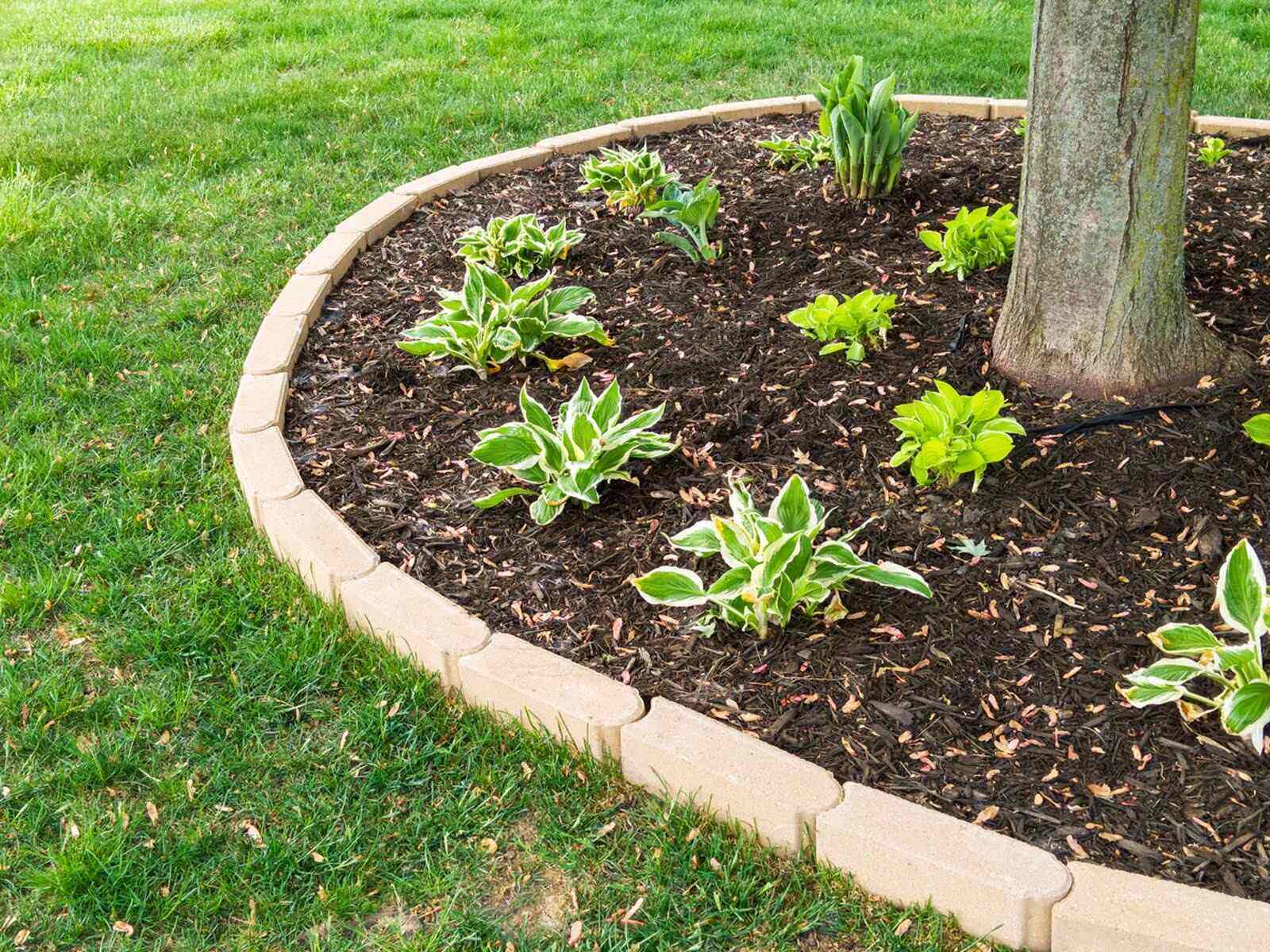
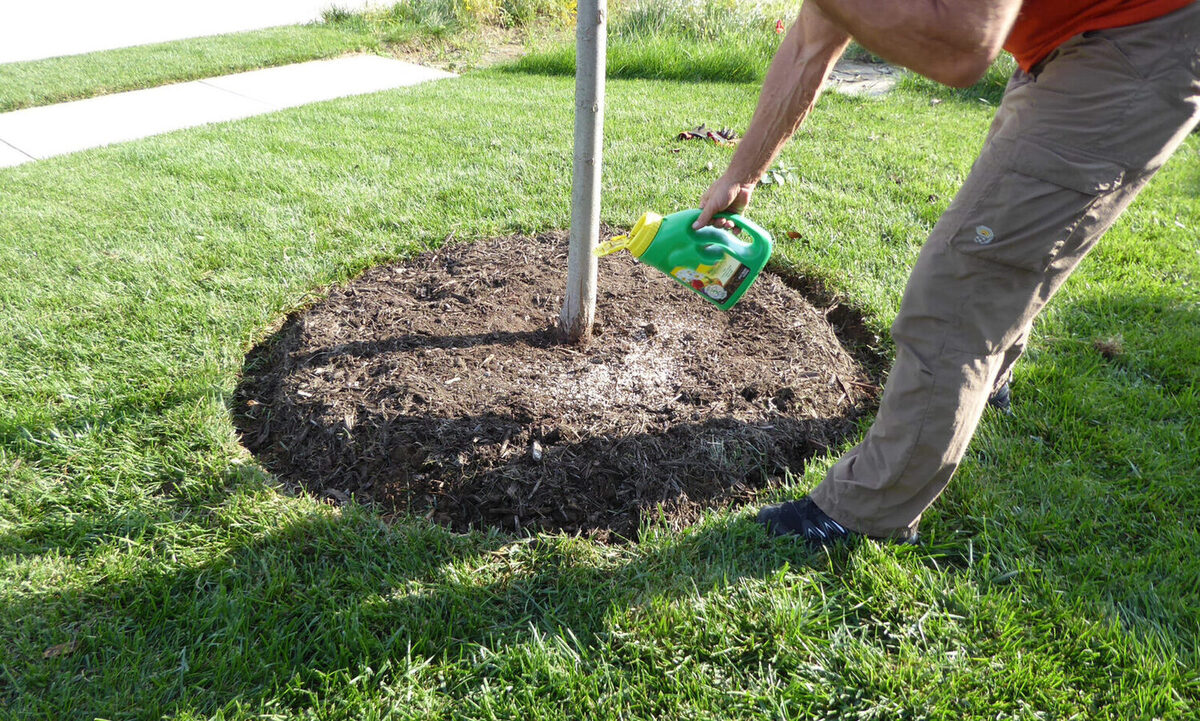
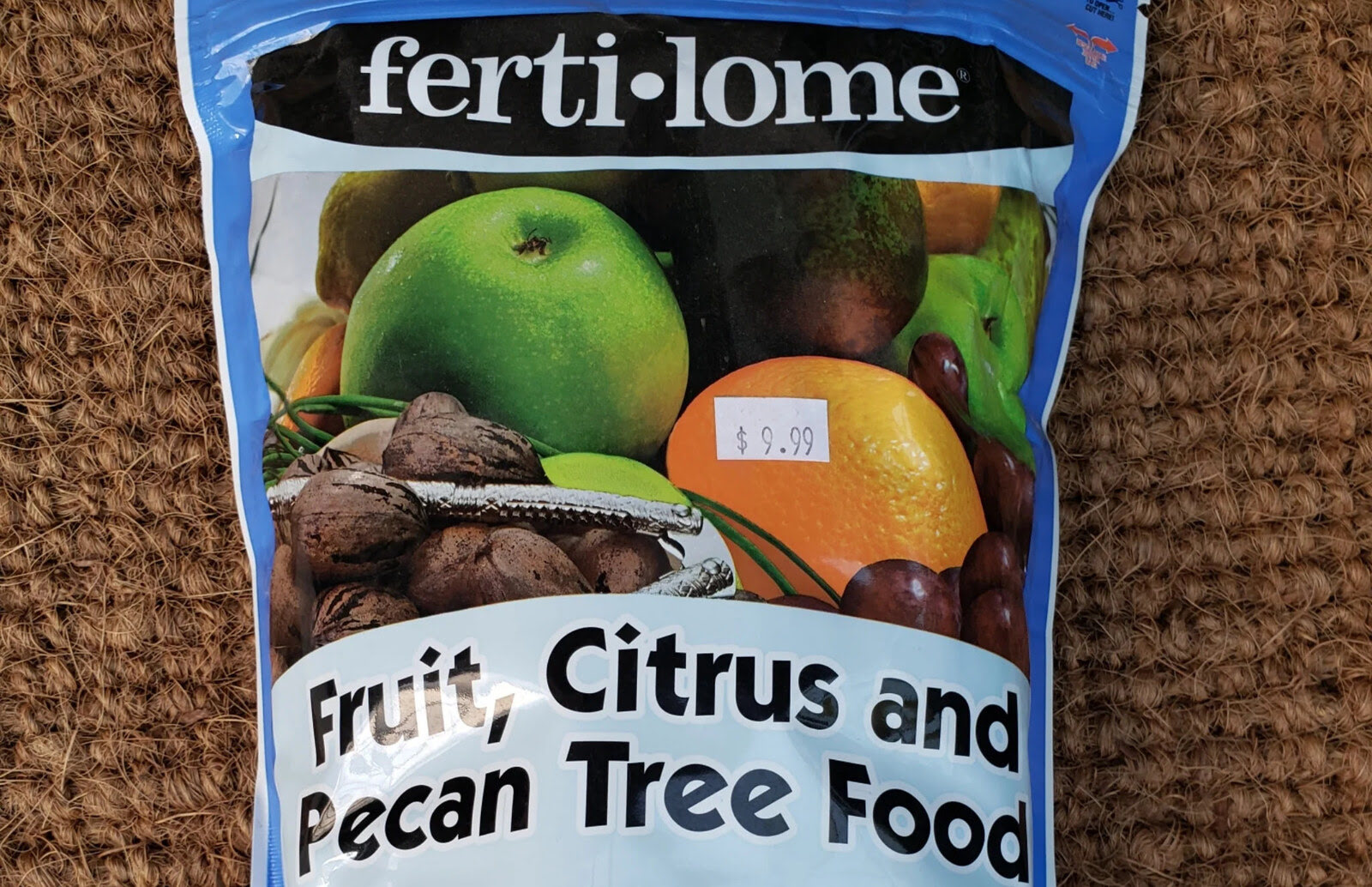
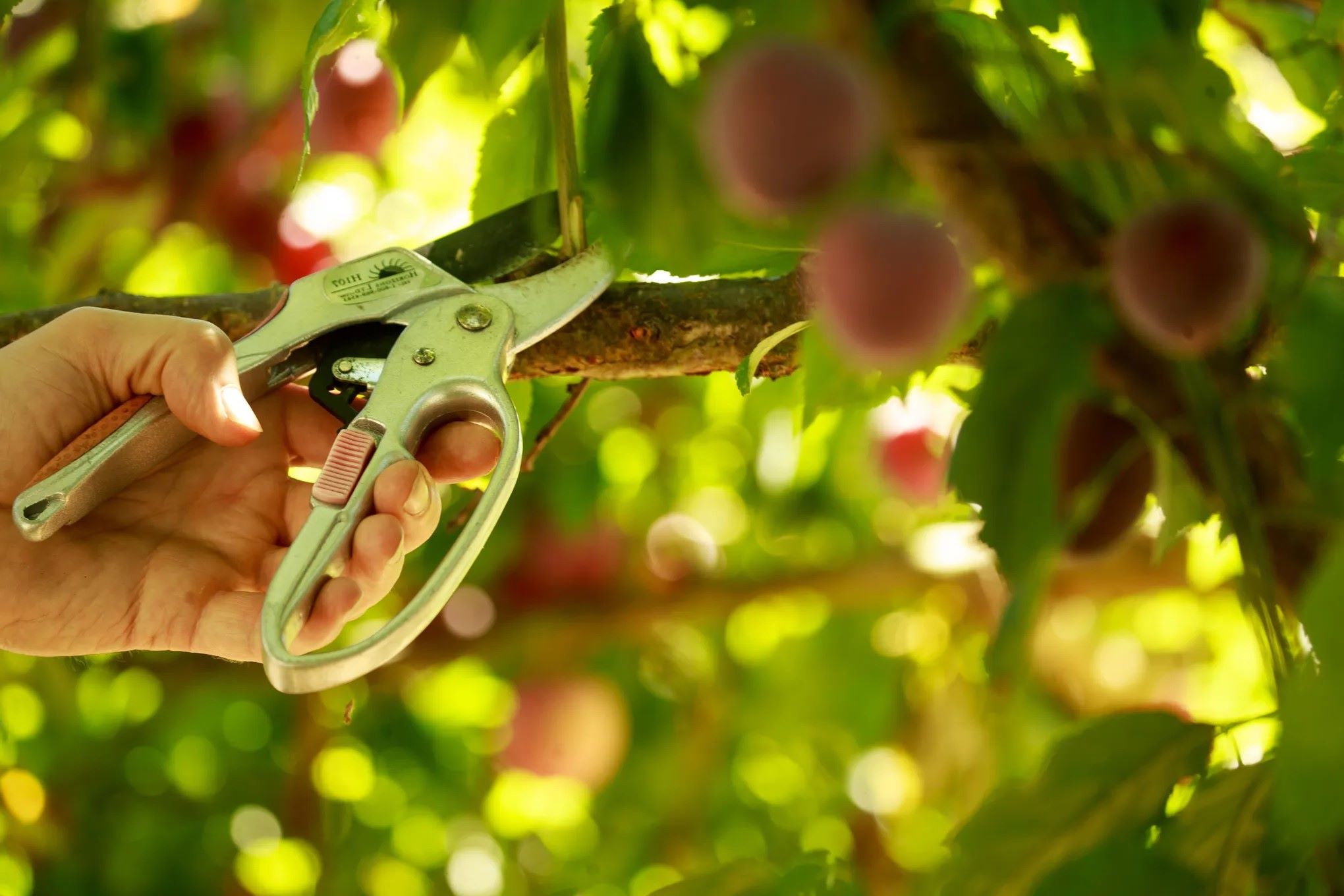


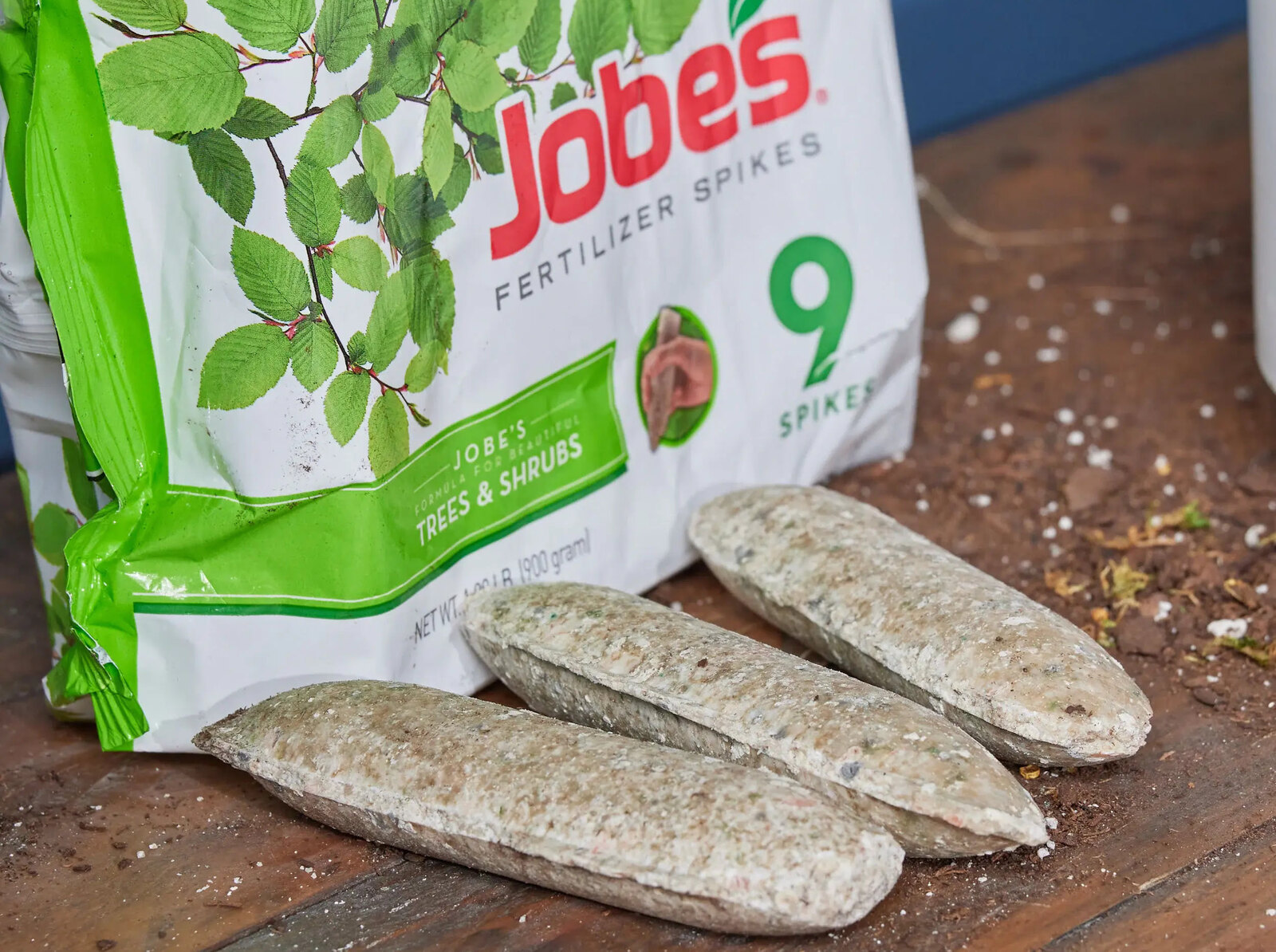
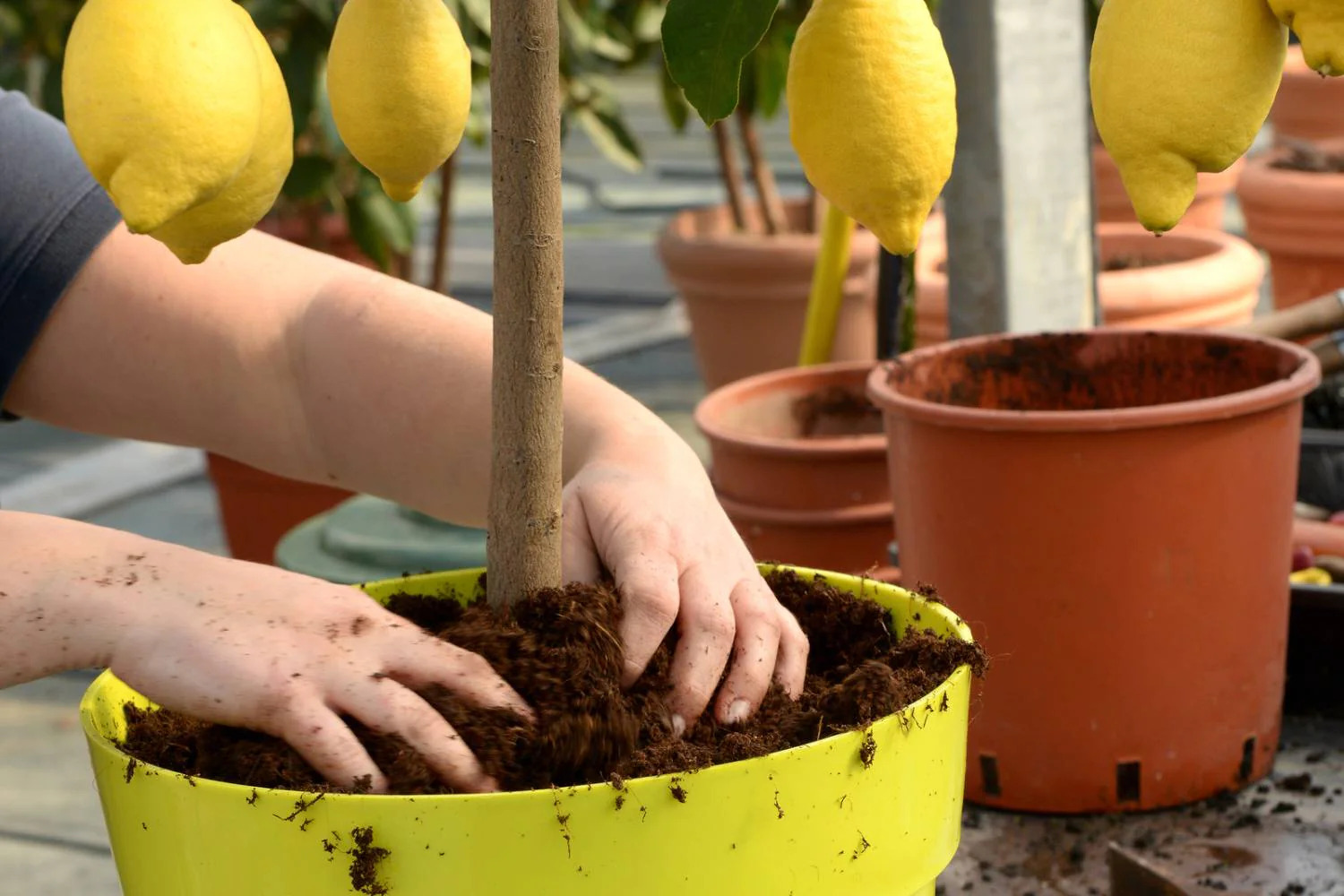
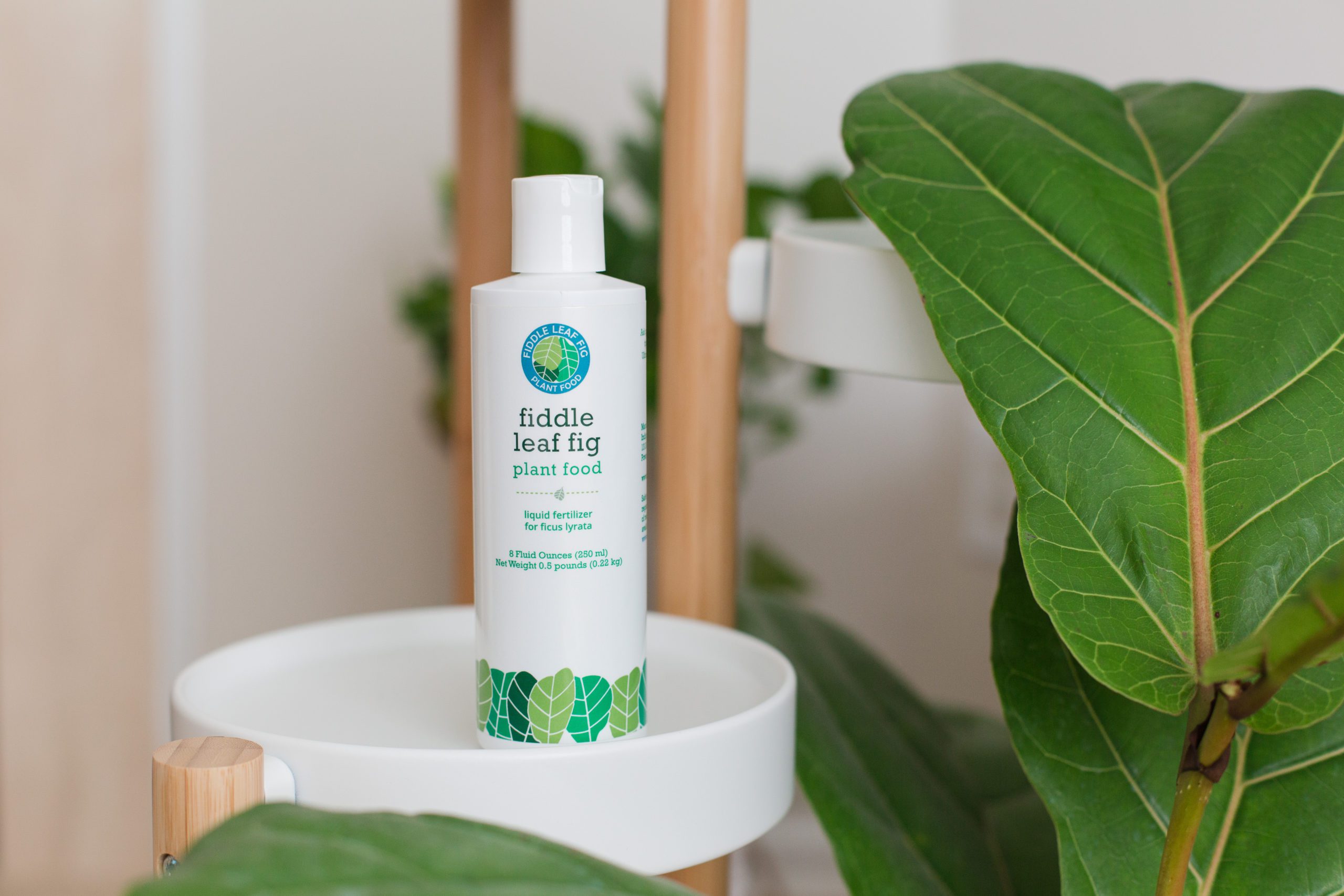
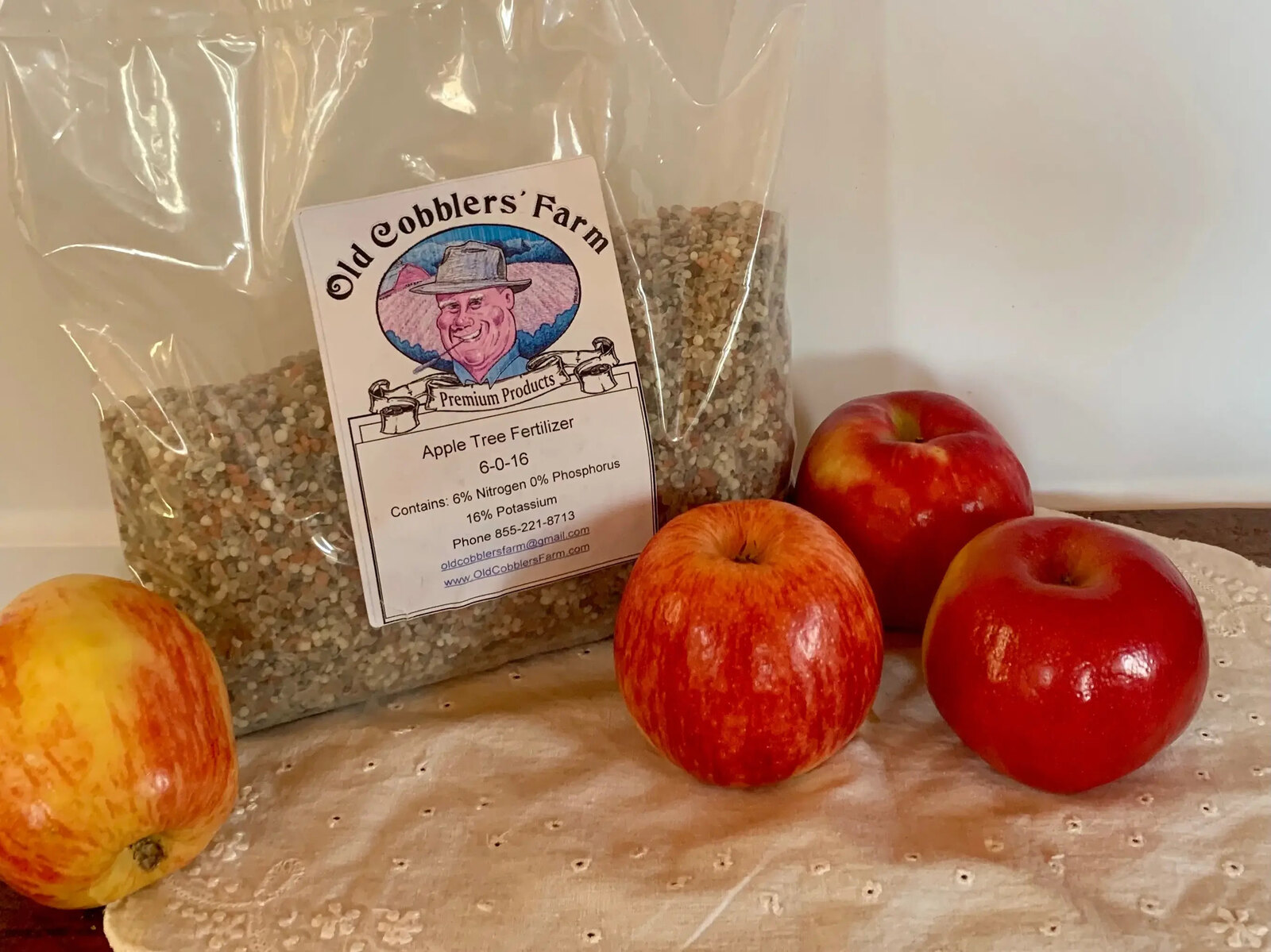
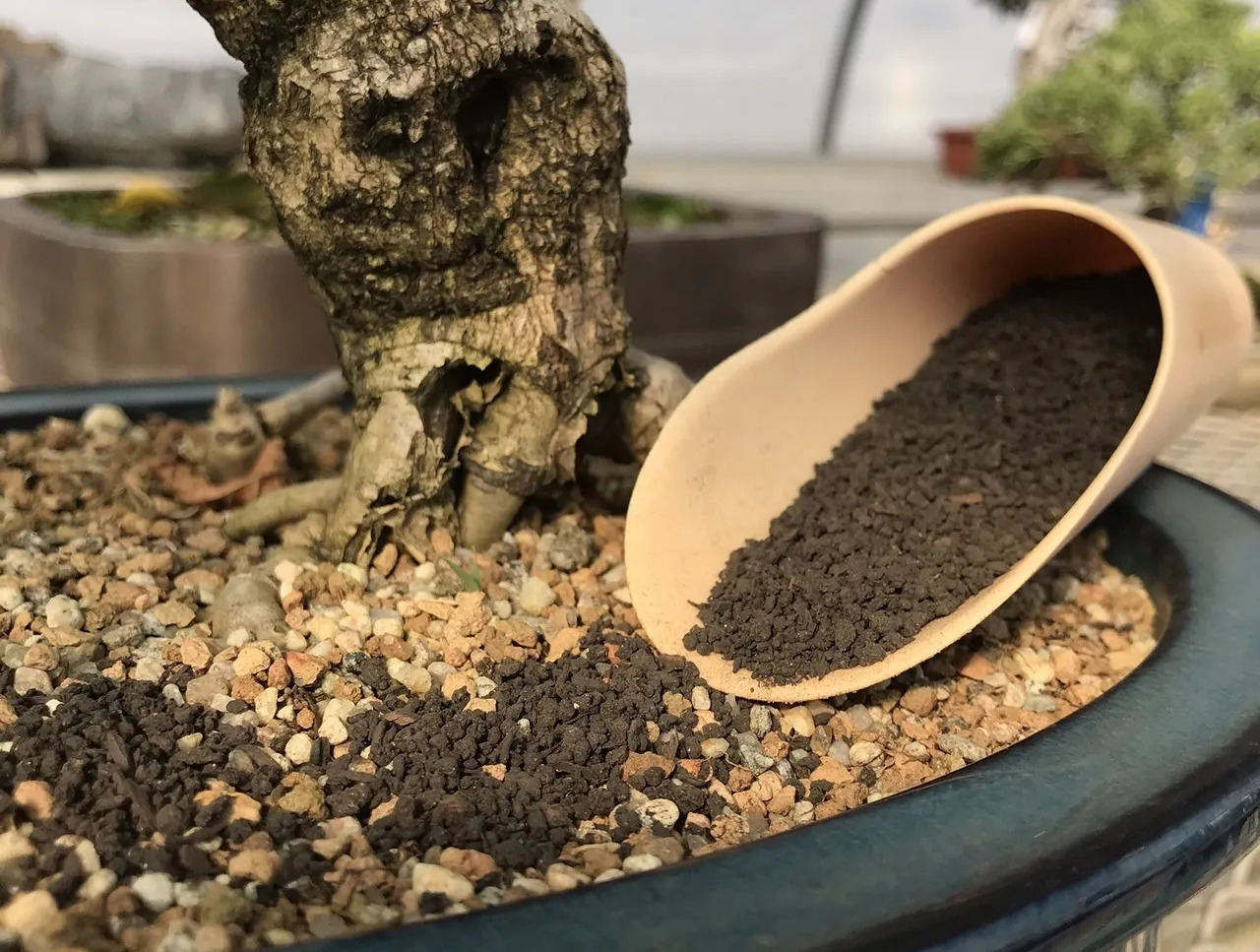
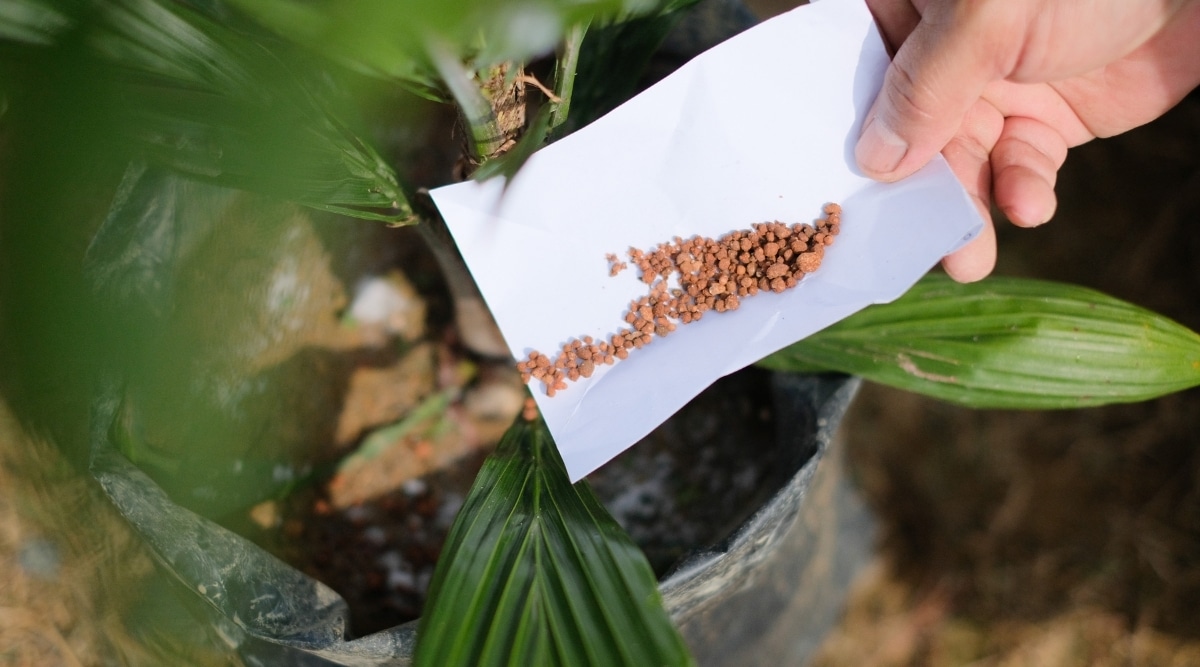
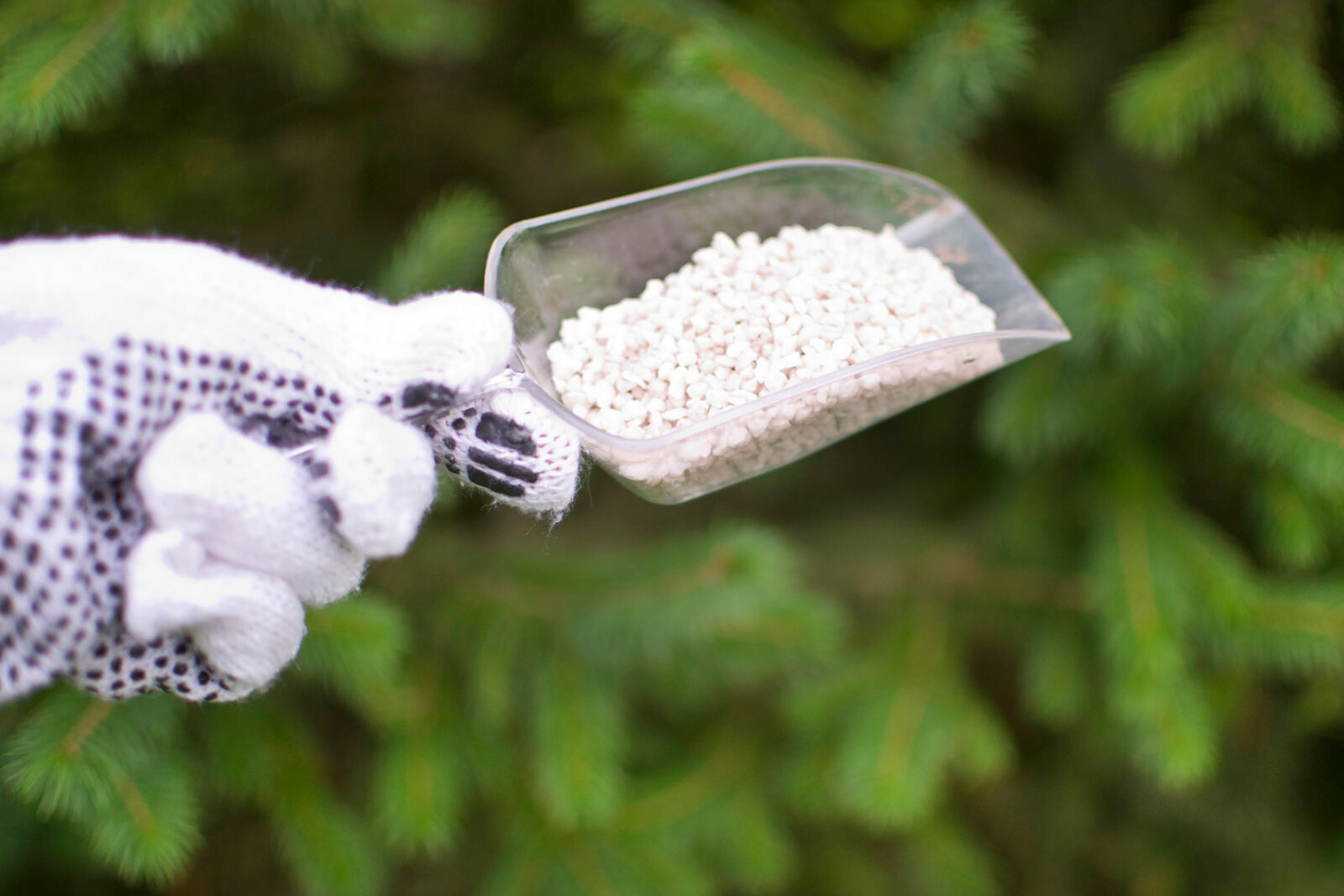

0 thoughts on “What Is The Best Fertilizer For Fruit Trees”